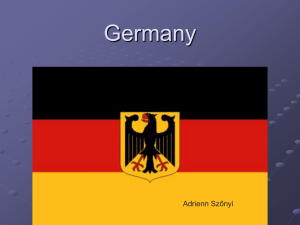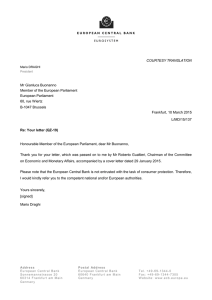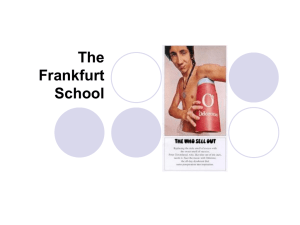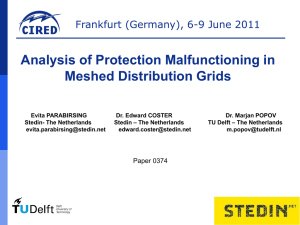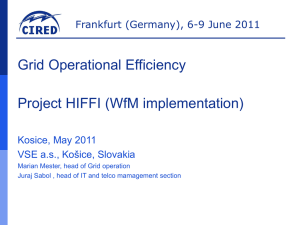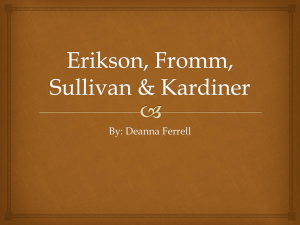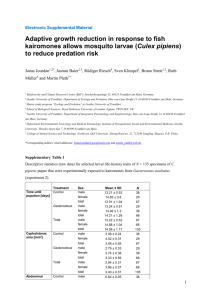skyward
advertisement
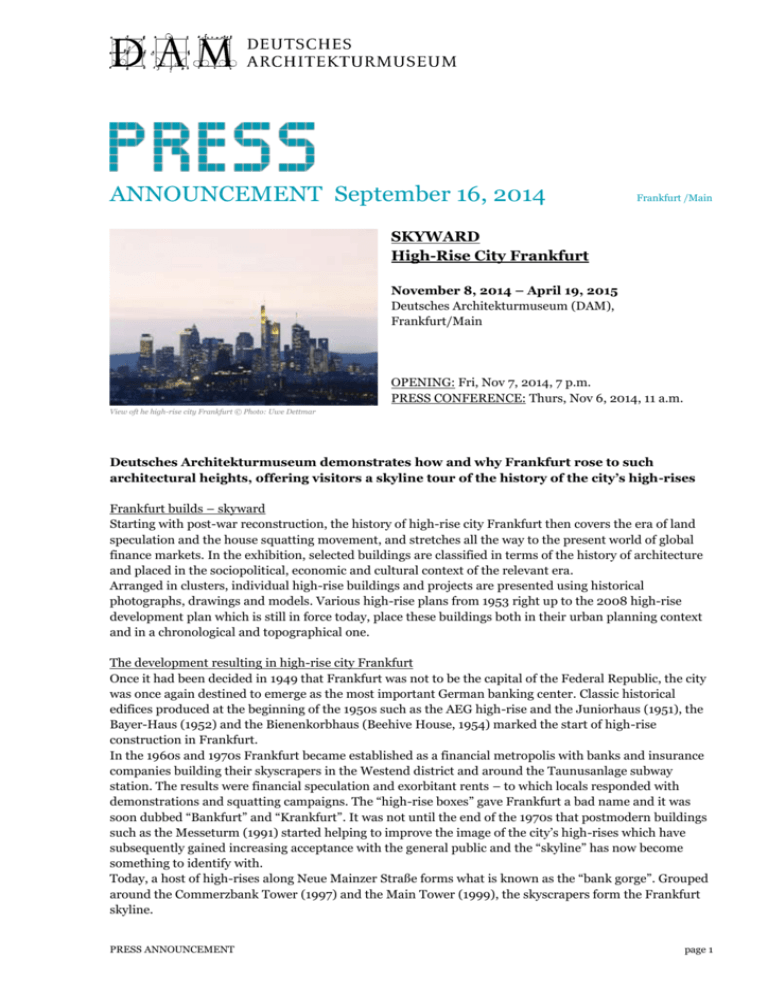
ANNOUNCEMENT September 16, 2014 Frankfurt /Main SKYWARD High-Rise City Frankfurt November 8, 2014 – April 19, 2015 Deutsches Architekturmuseum (DAM), Frankfurt/Main OPENING: Fri, Nov 7, 2014, 7 p.m. PRESS CONFERENCE: Thurs, Nov 6, 2014, 11 a.m. View oft he high-rise city Frankfurt © Photo: Uwe Dettmar Deutsches Architekturmuseum demonstrates how and why Frankfurt rose to such architectural heights, offering visitors a skyline tour of the history of the city’s high-rises Frankfurt builds – skyward Starting with post-war reconstruction, the history of high-rise city Frankfurt then covers the era of land speculation and the house squatting movement, and stretches all the way to the present world of global finance markets. In the exhibition, selected buildings are classified in terms of the history of architecture and placed in the sociopolitical, economic and cultural context of the relevant era. Arranged in clusters, individual high-rise buildings and projects are presented using historical photographs, drawings and models. Various high-rise plans from 1953 right up to the 2008 high-rise development plan which is still in force today, place these buildings both in their urban planning context and in a chronological and topographical one. The development resulting in high-rise city Frankfurt Once it had been decided in 1949 that Frankfurt was not to be the capital of the Federal Republic, the city was once again destined to emerge as the most important German banking center. Classic historical edifices produced at the beginning of the 1950s such as the AEG high-rise and the Juniorhaus (1951), the Bayer-Haus (1952) and the Bienenkorbhaus (Beehive House, 1954) marked the start of high-rise construction in Frankfurt. In the 1960s and 1970s Frankfurt became established as a financial metropolis with banks and insurance companies building their skyscrapers in the Westend district and around the Taunusanlage subway station. The results were financial speculation and exorbitant rents – to which locals responded with demonstrations and squatting campaigns. The “high-rise boxes” gave Frankfurt a bad name and it was soon dubbed “Bankfurt” and “Krankfurt”. It was not until the end of the 1970s that postmodern buildings such as the Messeturm (1991) started helping to improve the image of the city’s high-rises which have subsequently gained increasing acceptance with the general public and the “skyline” has now become something to identify with. Today, a host of high-rises along Neue Mainzer Straße forms what is known as the “bank gorge”. Grouped around the Commerzbank Tower (1997) and the Main Tower (1999), the skyscrapers form the Frankfurt skyline. PRESS ANNOUNCEMENT page 1 SKYWARD – High-Rise City Frankfurt Frankfurt/ Main 16/09/2014 Unbuilt Frankfurt The exhibition also allows visitors to experience the Frankfurt that was never built. Alongside different development plans for the Hauptbahnhof (main train station) and for the Westend district the show presents visionary designs for the Campanile (1985), the Millennium-Tower (1999) and many more besides. A particular discovery is the competition design by Ludwig Mies van der Rohe dating from 1968 for a Commerzbank Tower on Neue Mainzer Straße. If it had been realized, this almost unknown design by Mies van der Rohe would have been his only high-rise in Germany. New developments Frankfurt is subject to constant change. The office towers dating from the 1970s and 1980s have been the subject of comprehensive revitalization measures – one example being the Dresdner Bank high-rise (1978) which boasts a shiny new look after being revitalized in 2011 and dubbed the Silberturm (Silver Tower). Another model is being tested in the Niederrad business district. Here the city is attempting to convert empty office buildings into residential high-rises. In recent times this trend towards vertical living has started to become fashionable. Luxury apartments above the rooftops are now becoming reality with the residential high-rises of Henninger Turm on the Sachsenhäuser Berg and Tower 2 on Europa-Allee. Other buildings have had to be cleared completely. Blasting the AfE Tower (1972) this year has made room for future urban developments of the kind already in evidence in other locations such as the Palais Quartier, the Maintor Quartier and along Europe Allee and projected for Gateway Gardens. An extensive, lavishly illustrated book, “High-Rise City Frankfurt. Buildings and Visions since 1945”, will be published by Prestel Verlag to mark the occasion, as will a new high-rise book for children. The exhibition will be accompanied by a comprehensive events program with keynote lectures and guided tours. Moreover, Souvenir Frankfurt will be the guest of DAM – with products specially developed for the exhibition on all aspects of the subject of high-rise on sale. Press photos for announcements and for the duration of the exhibition at www.dam-online.de/press DEUTSCHES ARCHITEKTURMUSEUM Press and Public Relations Schaumainkai 43, D-60596 Frankfurt am Main, www.dam-online.de Brita Köhler, Dipl.-Ing. (FH) T +49 (0)69.212 363 18 \ F +49 (0)69.212 363 86 \ brita.koehler@stadt-frankfurt.de Lisa Katzenberger, cand. Arch. T +49 (0)69.212 313 26 \ F +49 (0)69.212 363 86 \ lisa.katzenberger@stadt-frankfurt.de PRESS ANNOUNCEMENT page 2
